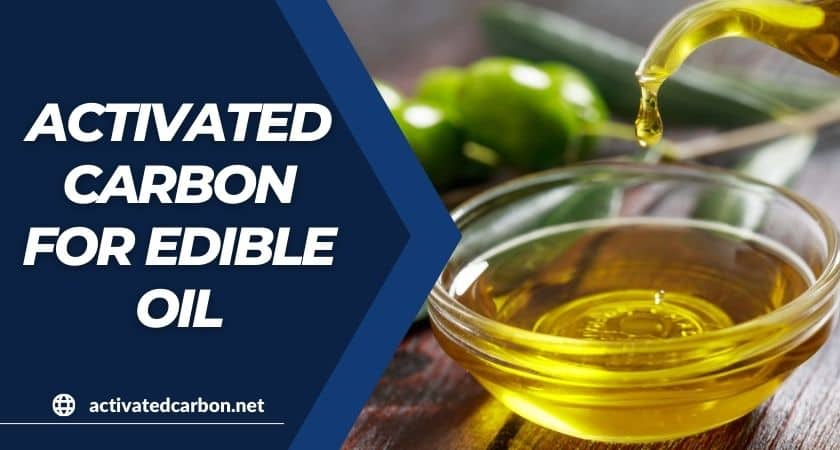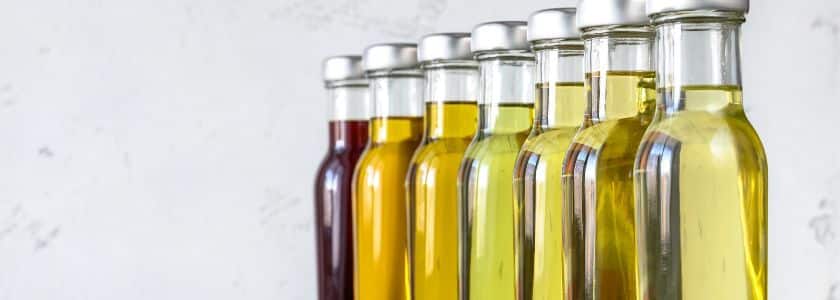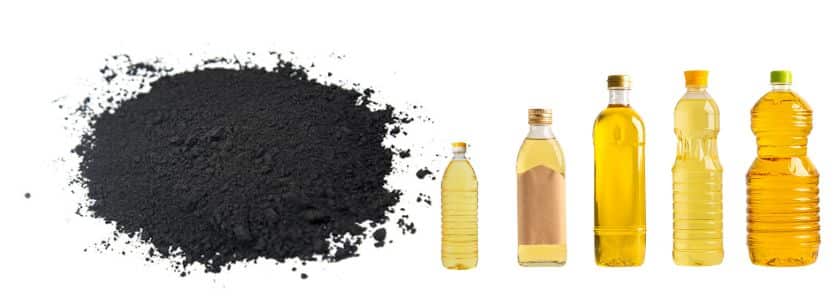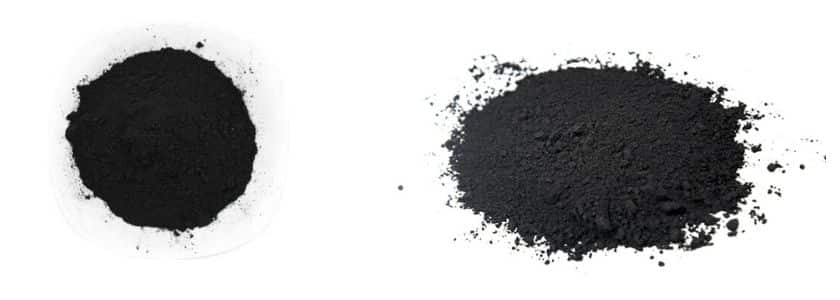
Edible oil plays an essential role in our daily diet, and behind every delicious meal is the presence of edible oil.
Have you ever wondered how healthy and tasty edible oil is produced and what the most crucial step is in the refining process?
The answer will be revealed in this article. This article will focus on the most important process in edible oil production—decolorization—and the application of activated carbon in this process.
Why is decolorization necessary for edible oil?
Natural fats and oils contain certain colors due to the presence of pigments such as chlorophyll, carotene, gossypol, flavonoid pigments, and more. While most pigments are harmless to the human body, they can affect the appearance of edible oil and promote the oxidation of fats. For example, chlorophyll can have such an effect. Additionally, some pigments, like gossypol, are toxic and have a strong coloring ability for oils.
To ensure the quality and safety of edible oil, it is necessary to remove pigments through the refining and decolorization process, improving the color of the oil and providing qualified raw materials for further deodorization of fats.
Therefore, the most crucial step in the refining process of edible oil is decolorization. The following will introduce some commonly used decolorizing agents in the decolorization process.
Common Decolorizing Agents in the Decolorization Process

Currently, the most commonly used decolorizing agents in the refining decolorization process are activated carbon, attapulgite clay, activated bleaching clay, and natural bleaching earth.
Activated Carbon
Activated carbon is a widely used decolorizing agent in the industry. It is usually used in conjunction with activated bleaching clay and can effectively remove high-molecular-weight polycyclic aromatic hydrocarbons that activated bleaching clay alone cannot adsorb.
Attapulgite Clay
Attapulgite clay is a fibrous mineral rich in magnesium and primarily composed of silicon dioxide. Although it has good decolorizing effects and minimal oil loss, it is challenging to filter and requires adjusting the fineness of the clay.
Activated Bleaching Clay
Activated bleaching clay is divided into natural activated bleaching clay and inorganic acid-treated activated bleaching clay, with the latter having stronger adsorption.
However, activated bleaching clay cannot adsorb high-molecular-weight polycyclic aromatic hydrocarbons, resulting in lower decolorization efficiency. Additionally, there are many drawbacks, including the high cost of purchasing bleaching clay, high oil loss caused by clay adsorption, and high disposal costs for spent bleaching clay.
Natural Bleaching Earth
Natural bleaching earth, also known as bentonite, can improve color but is a relatively narrow-spectrum decolorizing agent, limited to certain specific edible oils.
Activated Carbon for Edible Oil Decolorization

The decolorization process can remove a large amount of impurities from fats and oils, including various contaminants and impurities, significantly improving the oxidative stability of the oil. This not only enhances the safety of edible oil but also creates favorable conditions for further processing of fats.
Among these, activated carbon is the most economically valuable decolorizing agent compared to the other three.
Activated carbon is prepared from carbonaceous materials such as wood, coconut shells, and coal, and it has a high specific surface area and well-developed pore structure, leading to high adsorption efficiency. It is usually used in conjunction with activated bleaching clay, effectively compensating for the shortcomings of activated bleaching clay. This combination enhances both decolorization and detoxification capabilities while reducing costs and minimizing oil loss.
Activated carbon in oil processing can effectively remove toxins such as benzopyrene, and aflatoxin, and provides an adsorption rate of 100%–150%. Compared to activated bleaching clay, activated carbon demonstrates better decolorization results and does not impart any undesirable odors.
What Can Decolorization Remove?
Through the decolorization process, various impurities can be removed from edible oil, including lipid oxidation products, trace metals, residual soap, residual phospholipids and glycolipids, pigments, polycyclic aromatic hydrocarbons, and pesticide residues.
Lipid Oxidation Products
Primary oxidation products formed by enzymatic and auto-oxidation processes in fats and oils, such as hydrogen peroxides, can affect the stability of oils if not promptly removed.
Trace Metals
There are some trace metal elements in fats and oils, such as iron and copper, which can affect the quality and stability of oils.
Residual Soap
A small amount of insoluble metal soap (such as calcium and magnesium soaps) exists in fats and oils. Adsorption decolorization is the best method for removing residual soap.
Residual Phospholipids and Glycolipids
Soybean oil, rapeseed oil, peanut oil, sunflower oil, and cottonseed oil have high phospholipid content. Even after degumming, a small amount of phospholipids or glycolipids may remain, but they can be largely removed using decolorizing agents.
Pigments
There are various pigments in fats and oils, such as carotenoids, chlorophyll, flavonoid pigments, and gossypol, which can affect the quality and color of edible oil.
Polycyclic Aromatic Hydrocarbons and Pesticide Residues
Polycyclic aromatic hydrocarbons mainly come from combustion-generated pollutants. For example, the dryness of flue gas from oilseed drying can increase the content of polycyclic aromatic hydrocarbons in oil. Pesticide residues mainly come from oilseed crops during growth. If not removed promptly, they can seriously affect the safety of the oil.
Our Offerings of Activated Carbon
Zhulin is one of China’s leading manufacturers, suppliers, and exporters of activated carbon. We are a modern enterprise integrating production, research and development, sales, and service. Since 2010, we have entered the field of activated carbon and have rich experience in the industry. For the purpose of edible oil decolorization, we provide specially designed powdered activated carbon.

Here are some product specifications for your reference:
| Specification | Size (mesh) | Molasses Number | Caramel Decoloration (mg/g) | MB | PH | Iron (Fe+) (%) | Ash (%) | Iodine Value (mg/g) |
|---|---|---|---|---|---|---|---|---|
| Powdered Activated Carbon | 100, 200, 300 | 150-180 | 100-130 | 150-280 | 3-11 | 0.02-0.05 | ≤5 | 300-1050 |
Final Thoughts
The above is a brief introduction to the use of activated carbon in the decolorization of edible oil, and we believe that you now have a deeper understanding.
If you would like to learn more information or product parameters, feel free to contact us. At Zhulin, we have rich production experience and a professional team. Our products are exported to Southeast Asia and other regions, where you can find high-performance activated carbon at competitive prices.
For more details, please contact us.